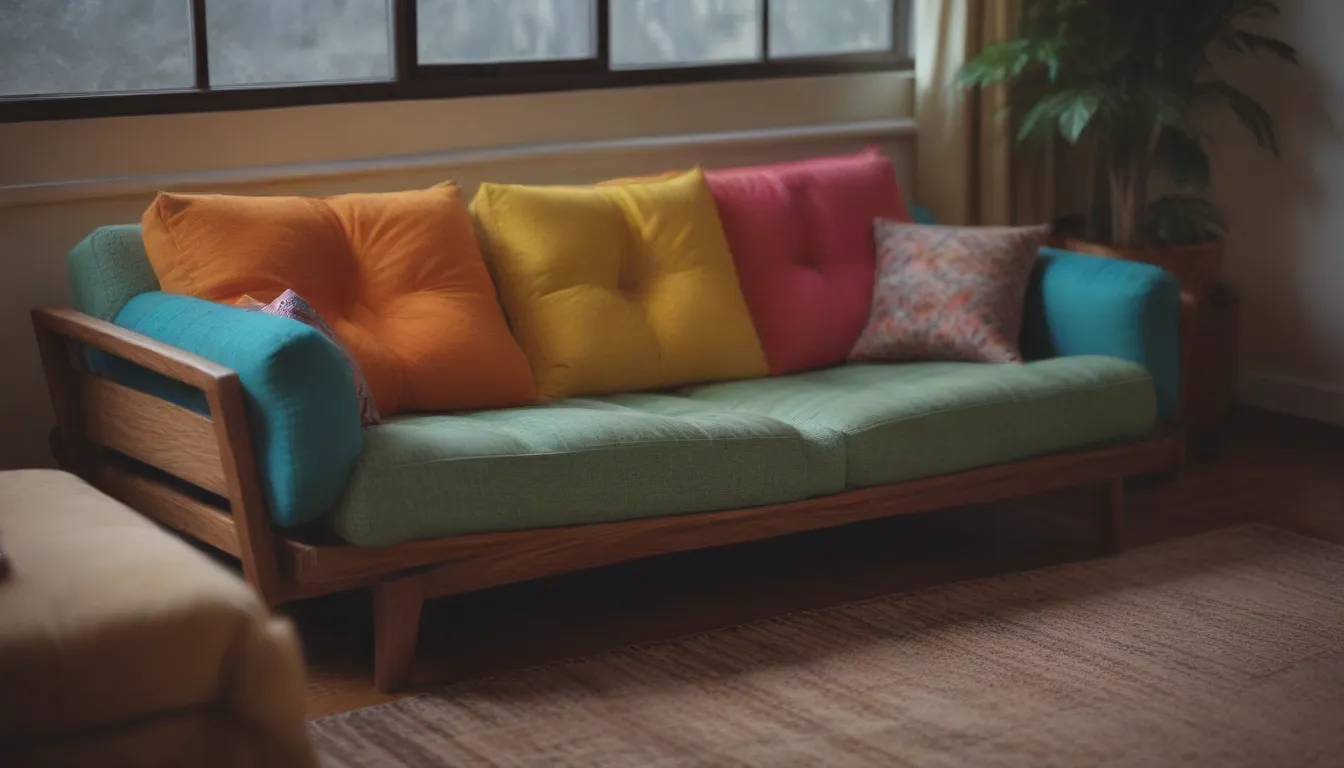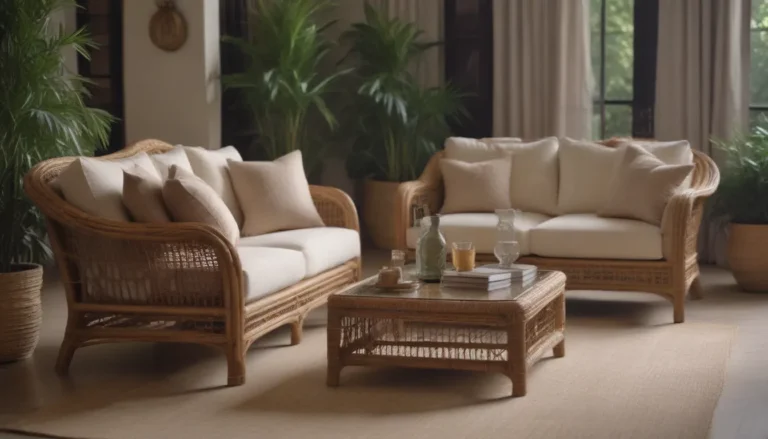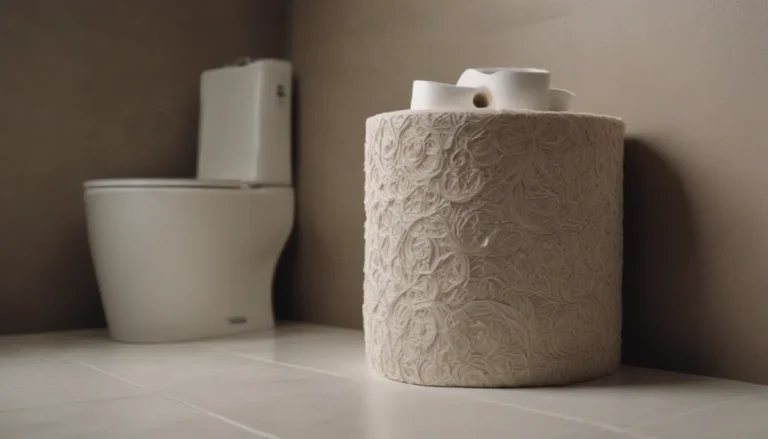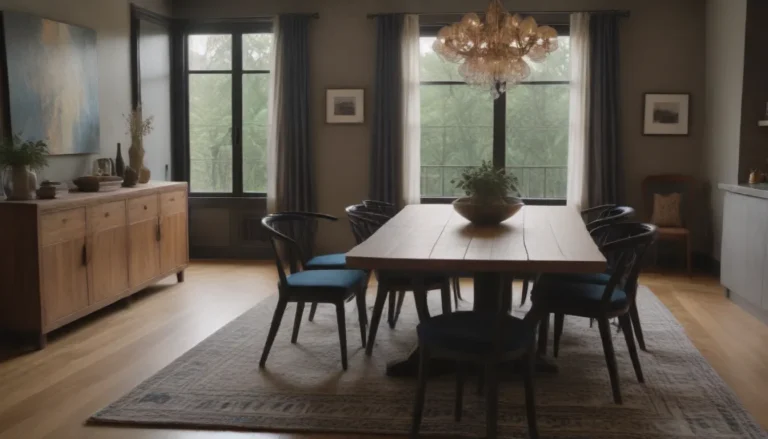Exploring the World of Futons: A Comprehensive Guide to this Versatile Furniture Piece

If you’re looking for a versatile furniture piece that can serve as a sofa during the day and transform into a comfortable bed at night, then a futon might be the perfect solution for you. In this in-depth guide, we’ll delve into all things futon-related, from the different types available on the market to the pros and cons of owning one. Let’s embark on this journey together and discover why futons are a popular choice for many households.
Understanding the Basics of Futons
Before we dive into the specifics, let’s start with the basics – what exactly is a futon? A futon is essentially a floor mattress or sofa that is designed for sleeping. While traditional Japanese futons are frameless cushions that are placed on the floor, Western futons resemble sofas and can be easily converted into beds. These versatile pieces of furniture come in various sizes and styles to suit your specific needs and preferences.
In the words of interior designer Charlene Threatful, the founder of Lush Interiors, futons offer a range of styles from modern to traditional. By customizing the fabric cover, you can create a bespoke piece that complements your decor effortlessly. Whether you prefer a sleek and contemporary design or a more classic look, there’s a futon out there for everyone.
Exploring the Differences: Futon, Sofa Bed, and Daybed
With multiple options available on the market, including futons, sofa beds, and daybeds, it’s important to understand the distinctions between each furniture piece. Allison Garrison, principal designer and founder of Allito Spaces, highlights the key differences:
- Futon: The mattress of a futon is exposed and can be easily converted from a sofa to a bed.
- Sofa Bed: These pieces feature a hidden mattress that can be accessed by removing the seat cushions, providing a discreet sleeping option.
- Daybed: Daybeds come with a stationary mattress that serves as both a seating and sleeping space.
If you’re looking for a multi-functional piece that seamlessly blends in with your existing decor, a sofa bed might be the ideal choice for you. With pull-out couches that discreetly hide a bed inside, you can enjoy both style and functionality in one piece of furniture. Additionally, daybeds offer the convenience of a pull-out trundle underneath the mattress, perfect for lounging and accommodating guests in a small space.
Types of Futons to Consider
When it comes to choosing a futon, you’ll encounter two main types – Japanese style and Western style. The decision between the two depends on your needs and living space. Interior designer Janna Robinson notes that a Japanese futon can be a practical solution for accommodating guests or individuals with minimalist lifestyles or limited space.
Each type of futon offers unique benefits and features, catering to a wide range of preferences and requirements. Whether you prefer the simplicity of a Japanese futon or the versatility of a Western futon, there’s a style to suit every home and lifestyle.
Pros and Cons of Owning a Futon
Like any piece of furniture, futons come with their own set of advantages and drawbacks. Let’s take a closer look at the pros and cons of owning a futon:
Pros:
- Lightweight and convenient
- Budget-friendly option
- Ideal for small spaces
- Easy to convert from a sofa to a bed
Interior designer Allison Garrison emphasizes the convenience of futons, highlighting their versatility as both a sleeping surface and a lounge spot. For those with limited space or in need of extra guest accommodations, futons are a practical solution that offers functionality without sacrificing style.
Cons:
- Lack of comfort and durability
- Cushion may flatten over time
- Difficult to keep clean and fresh
While futons excel in versatility and space-saving qualities, they may not offer the same level of comfort and durability as traditional mattresses. Over time, the cushion may flatten, impacting its overall longevity. Additionally, futons require regular maintenance to keep them clean and fresh, posing a potential challenge for some owners.
Choosing the Right Size Futon for Your Space
Futons come in a variety of sizes, similar to standard mattresses, including twin, full, and queen sizes. Depending on your needs and the available space in your home, you can select the size that best fits your requirements. Interior designer Allison Garrison notes that futons offer versatile options in terms of how the mattress folds out, catering to various layout preferences.
Whether you live in a small apartment or a spacious house, futons are an excellent choice for providing a comfortable sleeping space for guests without taking up too much room. With their affordable price point, lightweight design, and ease of use, futons are a practical and stylish addition to any home.
Exploring Futon Options Online
If you’re ready to explore the world of futons and find the perfect piece for your home, many online furniture retailers offer a wide selection of futons to choose from. Whether you’re looking for a budget-friendly option or a more luxurious design, there’s a futon out there to suit your style and budget.
In conclusion, futons are versatile, functional, and stylish furniture pieces that offer a smart solution for small living spaces, guest accommodations, or multi-functional rooms. By understanding the different types of futons available, weighing the pros and cons of ownership, and selecting the right size for your space, you can make an informed decision when choosing a futon for your home.
So, whether you’re in need of a stylish sofa that doubles as a sleeping space or a compact bed for guests, consider adding a futon to your furniture collection. With their practicality and flexibility, futons are a valuable addition to any home. Transform your living space with a futon today!





